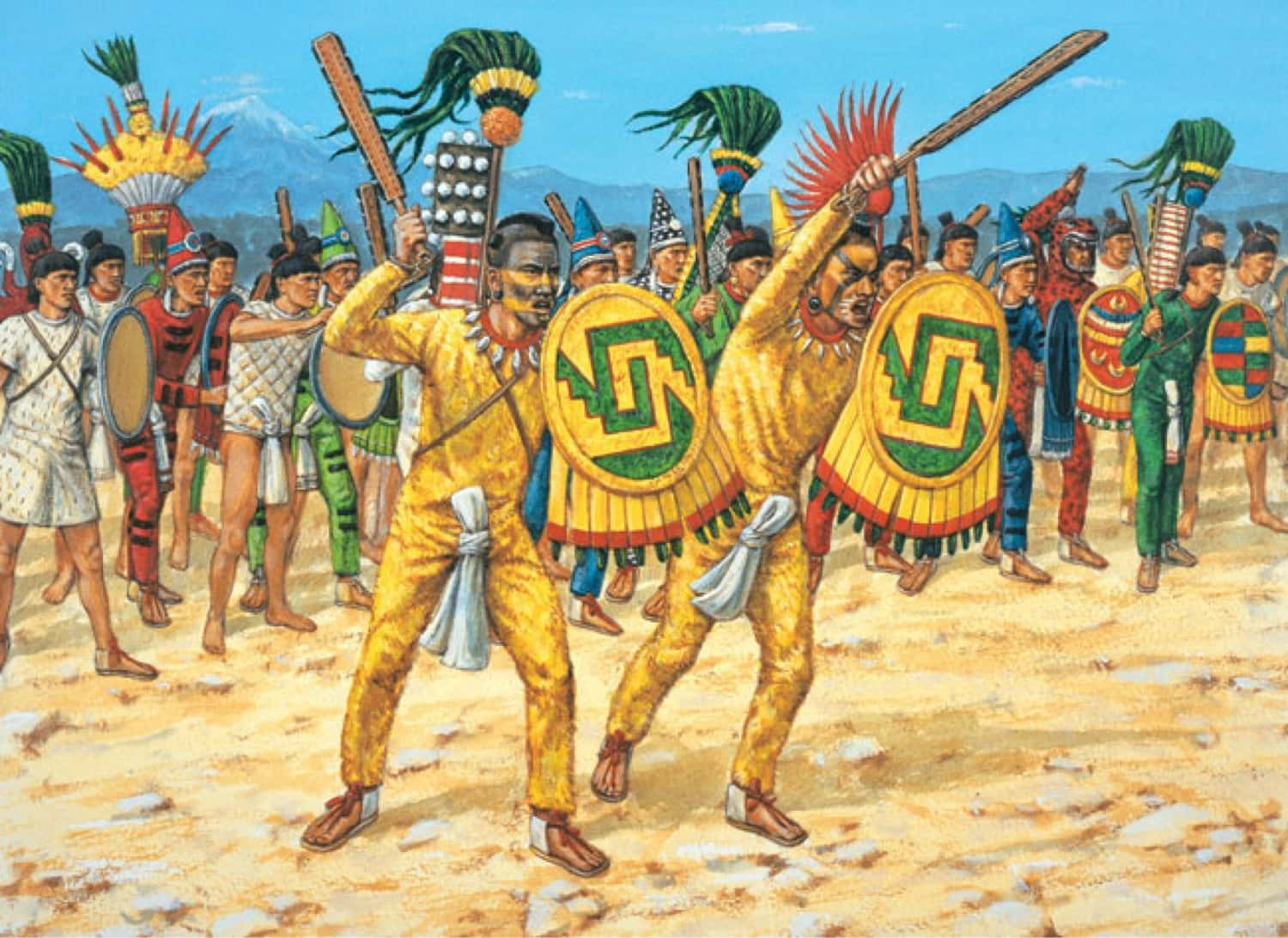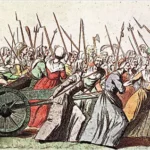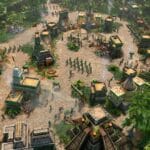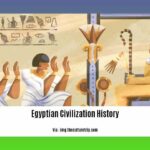The Aztec Empire, while famed for its majestic cities and powerful rulers, was built upon the backs of a vast and diverse commoner class. These individuals, known as macehualtin, represented over 90% of the Aztec population and were integral to the empire’s functioning. While often overshadowed in historical accounts, understanding the lives of Aztec commoners provides a richer and more nuanced perspective on this complex civilization.
The Diverse Roles of Commoners in Aztec Society
Aztec peasants were far from a homogenous group; their experiences varied based on factors like location, occupation, and social mobility. While agriculture formed the bedrock of the Aztec economy, macehualtin engaged in a wide range of occupations that were essential to the empire’s prosperity.
- Farmers: As in many ancient societies, the majority of macehualtin were farmers. They cultivated essential crops like maize, beans, and squash, ensuring a steady food supply for the empire’s burgeoning urban centers.
- Artisans: Skilled macehualtin were also responsible for producing a wide variety of goods, from intricate textiles and pottery to obsidian tools and elaborate featherwork. These crafts were not only essential for daily life but also played a vital role in religious ceremonies and trade.
- Merchants: Facilitating the exchange of goods within and beyond the empire’s borders, merchants, known as pochteca, held a unique position in Aztec society. While technically commoners, successful merchants could achieve considerable wealth and influence. They brought back exotic goods from distant lands, further enriching the Aztec world.
- Soldiers: Military service was mandatory for all macehualtin men, offering a potential path to social advancement. Distinguished warriors could rise through the ranks, gaining prestige and access to leadership positions.
Tribute and Trade: The Economic Backbone of the Aztec Empire
Tribute, while a significant aspect of Aztec economics, was only one part of a complex system that included thriving marketplaces and specialized labor. Macehualtin paid tribute to the ruling class in the form of goods, labor, and military service. In return, the elite were expected to provide infrastructure, maintain order, and ensure the empire’s defense.
Marketplaces, like the famed Tlatelolco market in Tenochtitlan, bustled with activity, offering macehualtin a platform to trade their goods and services. These markets demonstrate the vibrancy of the Aztec economy and the essential role commoners played in its success.
Life Beyond the City Walls: Regional Variations
The Aztec Empire, spanning a vast territory with diverse ecological zones, likely presented a range of living conditions for its commoner population. Archaeological evidence suggests that the daily lives of macehualtin in rural areas, where agriculture dominated, differed significantly from those residing in urban centers like Tenochtitlan.
Further research is needed to fully understand these regional variations and how factors like access to resources, proximity to trade routes, and local customs shaped the experiences of Aztec commoners.
Challenging Assumptions: A Nuanced View of Aztec Society
Examining the lives of Aztec commoners challenges common assumptions about pre-Columbian societies. While hierarchies undoubtedly existed, the Aztec social structure was more fluid than often portrayed. Opportunities for advancement, though limited, were available through exceptional skill, military achievement, or economic success.
Moreover, the relationship between the elite and commoners was complex, characterized by both obligation and reciprocity. While tribute placed a burden on macehualtin, the elite were also responsible for providing public goods and services essential for the well-being of all.
Uncovering the Legacy of Aztec Commoners
The Spanish Conquest, while devastating, did not completely erase the legacy of Aztec commoners. Elements of their culture and way of life persisted, often blending with Spanish traditions to create new cultural forms. By recognizing and exploring the lives of macehualtin, we gain a more complete and nuanced understanding of the Aztec Empire and its enduring impact on Mexican culture and identity.
- Discover Words That Start With Co: 15,000+ Found in This Deep Dive - April 4, 2025
- Ultimate Guide to Words Starting With GO: Comprehensive List - April 4, 2025
- Master words that start with o to describe someone: A complete guide - April 4, 2025
















